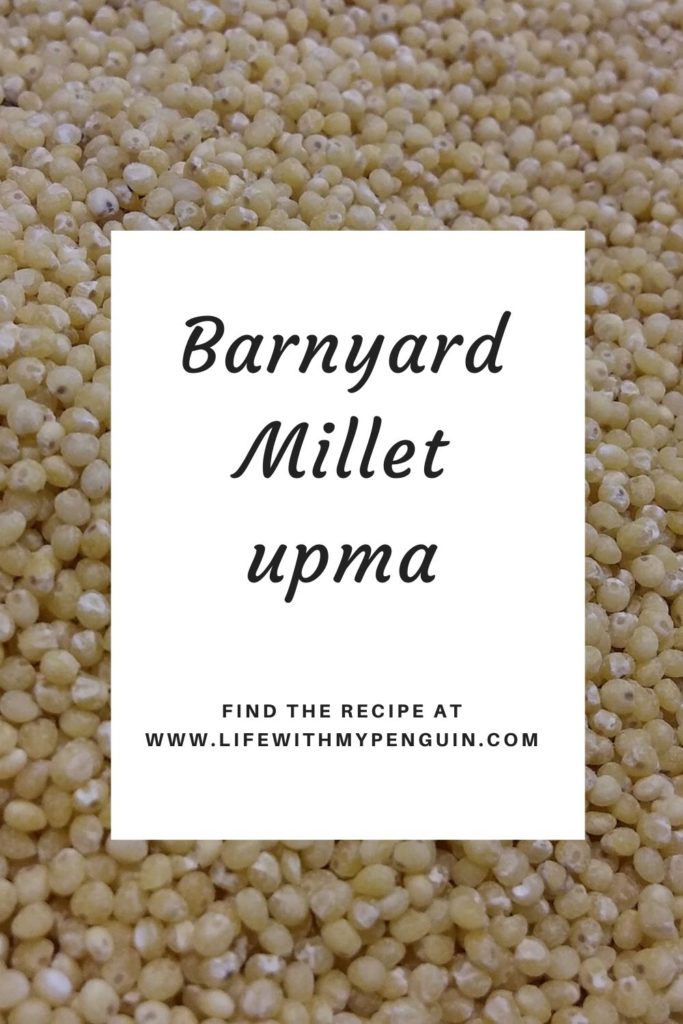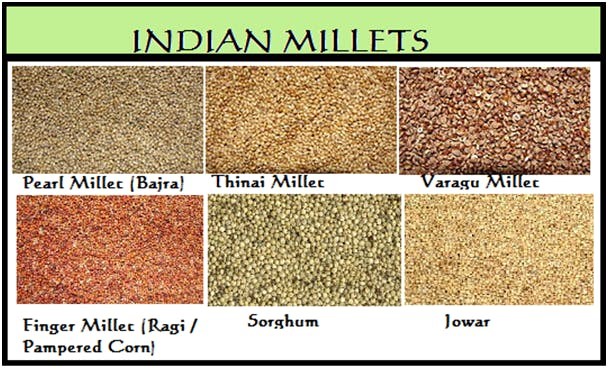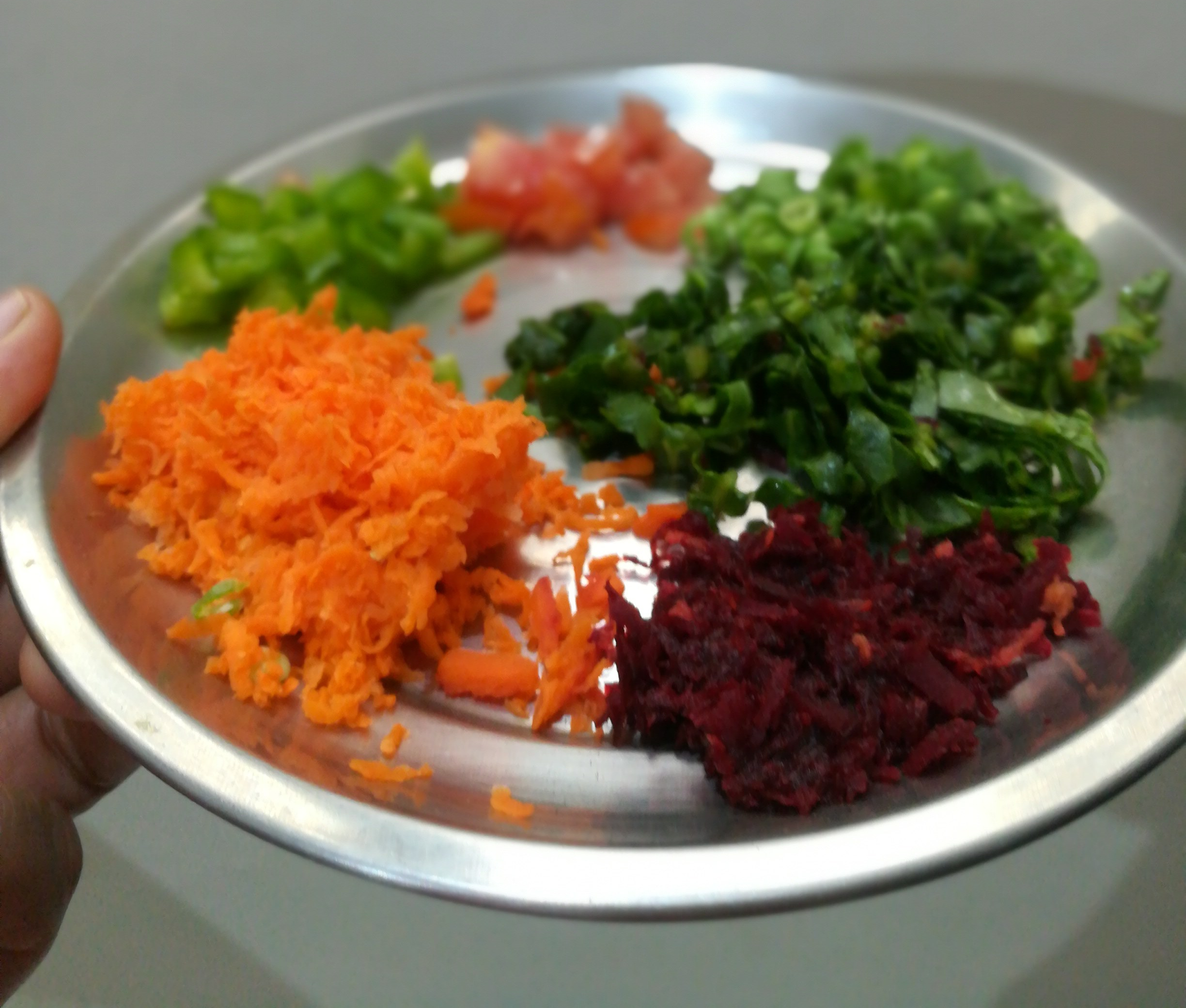Are you a health-conscious person? If yes, you must be aware of quinoa, chia, oatmeal, etc. But have you ever heard about millets? If you do, that is awesome. I never knew about millets and their potential until I came across Ragi (finger millet). That led me to know more about millet varieties.

The long-ignored humble grain of India, millets are small coarse grains and a repository of protein, fiber, vitamins, and minerals. Different types of millets are jawar (sorghum), ragi (finger millet), Korra (foxtail millet), arke (Kodo millet), sama (little millet), bajra (pearl millet), chena (proso millet) and Sanwa (barnyard millet).

The practice of consuming millets as part of the daily diet is not new to India. It was part of our grandparent’s diet. Millets had been the major staple food in central India, southern India and hilly regions of Uttarakhand for centuries till the time of the Green Revolution. Globally, millet is the sixth most cultivated grain after corn, rice, wheat, barley, and sorghum. It is very much suited to drought conditions and has great natural biodiversity. It can be cultivated in a variety of locations. They are one of the oldest foods known to humans and possibly the first cereal grain to be used for domestic purposes. In India, millets have been mentioned in some of the oldest Yajurveda texts, identifying foxtail millet (priyangava), Barnyard millet (aanava) and black finger millet (shyaamaka), thus indicating that millet consumption was very common, pre-dating to the Indian Bronze Age (4,500BC). Even until 50 years ago millets were the major grain grown in India. From a staple food and integral part of local food cultures, just like many other things, millets have come to be looked down upon by modern urban consumers as “coarse grains” – something that their village ancestors may have lived on, but that they had left behind and exchanged for a more “refined” diet. (Source)
But now the scene of healthy food is changing. The Government has also decided to declare 2018 as “National Year of Millets”.
So, without any further ado, let me share a quick easy recipe of toddlers with millet. I am going to make upma using barnyard millet. Let me share a few details of it before moving further
Barnyard millet (Echinochloa frumentacaea) is one of the hardiest millets, which is called by several names viz., Japanese barnyard millet, ooda, oadalu, sawan, sanwa, and sanwank. Nutritionally, Barnyard millet is an important crop. It is a fair source of protein, which is highly digestible and is an excellent source of dietary fiber with good amounts of soluble and insoluble fractions.

Recipe name: Barnyard millet upma
Serves: 1-2 toddler (1-2 years old)
Preparation time: 5 minutes
Cooking time: 15 minutes
Ingredients
Barnyard millet 2 tablespoon
Onion 1 chopped finely
Choice of Vegetables 1 cup of chopped/ grated (beans, carrot, cauliflower, beetroot, capsicum, spinach etc)
Tomato 1 chopped finely
Ginger ¼ teaspoon grated
Garlic 1 pod diced
Water 1 – 1½ cup
Salt As needed
To temper
- Ghee 1 teaspoon
- Mustard ½ teaspoon
- Urad dal 1 teaspoon
- Channa dal 1 teaspoon
- Curry leaves 1 sprig
- Asafoetida A pinch (optional)
Method
- Wash barnyard millet to remove any dirt. Drain the water and keep it aside.
- Heat pan with ghee and do tempering with asafoetida, mustard, urad dal, channa dal, and curry leaves.
- Add onions, ginger, and garlic. Fry till onions are translucent.
- Add your choice of vegetables and fry for 2-3 minutes in low heat.

- Add barnyard millet. Follow with a good stir to mix the vegetables and millet.
- Add water and salt. Mix all as water comes to boil.
- Cook covered in low flame for 10 minutes or till water dries up.
Serve hot with peanut chutney. My toddler prefers this with cinnamon milk.

Have you ever tried any millet? Do share your experience if you try this barnyard millet upma.


This is such an informative post. This post very useful to all the new parents. Thank you for sharing such useful post.
Pingback: How to introduce solid food for baby? - Life with my Penguin
Pingback: Kitchen is the best classroom ever to learn - Life with my Penguin
Thanks for sharing this simple and healthy recipe with millet. I am a big fan of millet. and would love to try it.
Hope to like it. ?
This was quite an information. Thanks for your detailed post on Miller’s and I’m going to try this out soon.. can we replace foxtail millets with barnyard?
Thats such a detailed infotmation packet…thankss yaa. M surrly gonnaa tty this
I didn’t know about barnyard millet.. Thanks for sharing about such healthy alternatives and a recipe too..
Thanks much for sharing details about Millets and a very healthy dish.. ❤
Hey!!! so love this dish………..Millets are super nutritious and this is a great way to add this super food into your little one’s meals.
I believe that we should make our kids eat everything and this looks too good to me and it’s easy at the time.
Thanks for sharing
Thank you for the information about millets and will definitely try the recipe
Sometimes I do get confused with types of millet. Thanks for the detailed information.. And I loved your recipe too.. I’ll definitely try out for my lo
Hey Sonam, let me know if your little one likes it. It is a good option for adults too.
can you please let us know local name of barnyard millet?
recipe looks super healthy!
It is sanwa in hindi, khira in odia, shyama in bengali, swank in Punjabi. You can find more information on the subject here. http://millets.res.in/millets_info.php